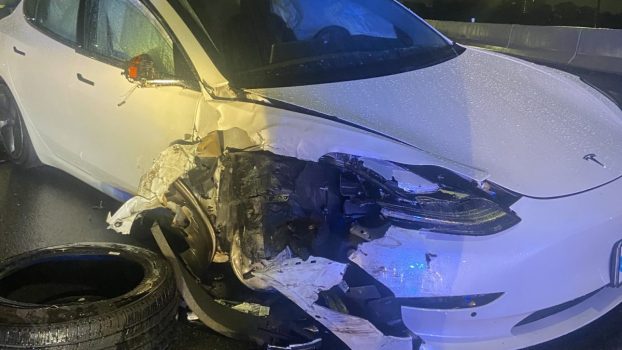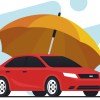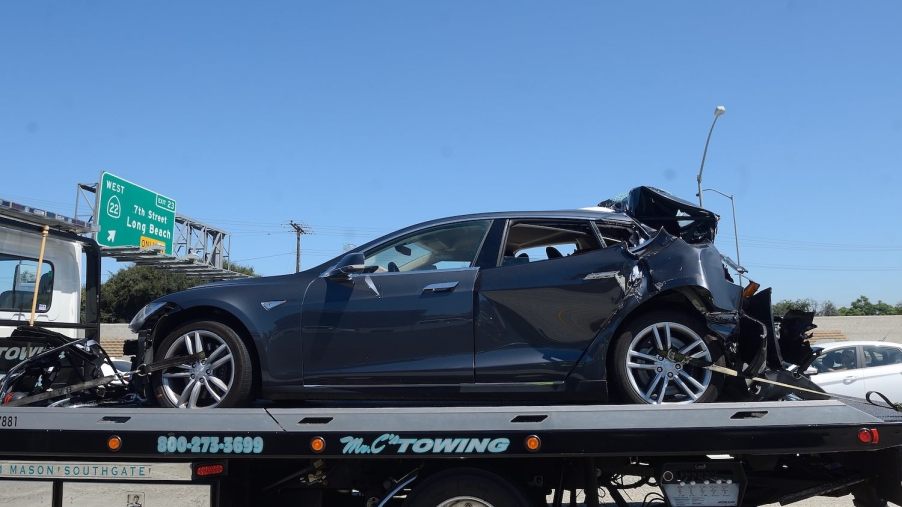
After Deadly Accident, Jury Rules That a Self-Driving Tesla Is…Not
On a fateful night in 2019, a Tesla Model 3 veered off a highway outside of Los Angeles. The EV had been traveling 65 mph; when it struck a palm tree, it burst into flames. The crash instantly killed the driver, 37-year-old Micah Lee, and severely injured the two passengers–including an eight-year-old boy riding in the back seat. The $400 million question is who was driving the autopilot-equipped car: Micah Lee or the Tesla corporation? On October 31st, a jury in Riverside, California ruled that the accident was not caused by a manufacturer defect. Here’s what this means for your next Tesla, the future of autonomous vehicles, and auto insurance rates.
What caused the 2019 Tesla crash?
During the Riverside trial, Tesla’s lawyers argued that Micah Lee had consumed alcohol before the crash. Tesla also argued that there is no proof the car was on autopilot–without Micah’s hands on the wheel–before the sudden swerve off of the interstate.
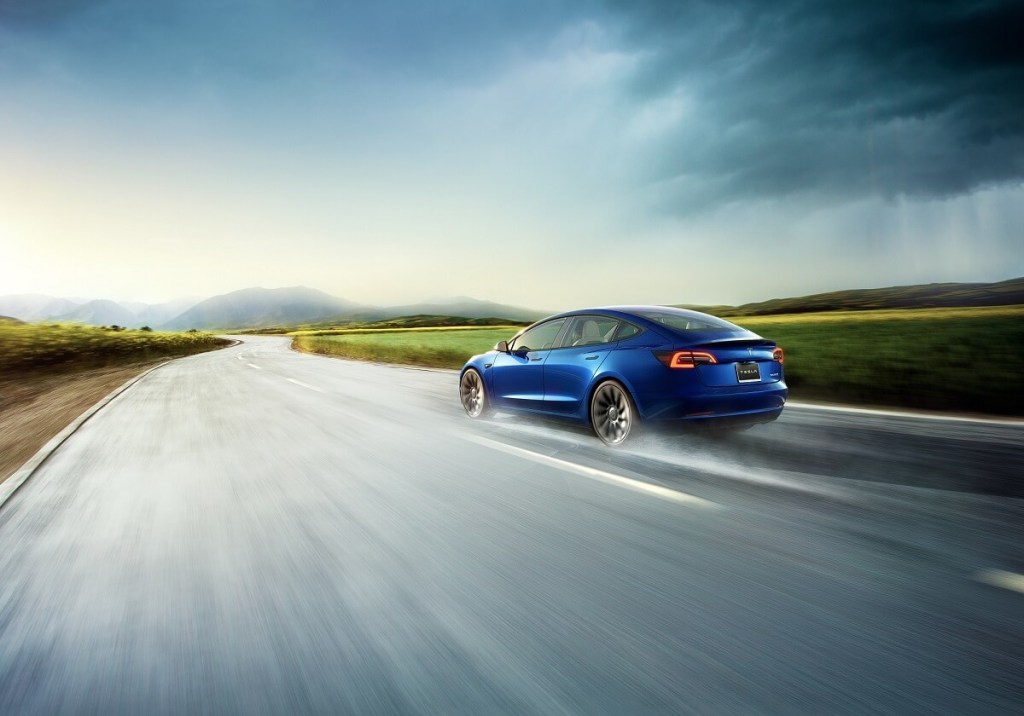
One detail that doesn’t add up is a 2017 internal Tesla safety analysis that identifies an “incorrect steering command,” which can create a steering wheel angle classified as “excessive.” Tesla’s lawyers argued that this memo identified an issue that could theoretically arise, not one that had. But the same lawyers argued that we don’t know exactly what happened on that fateful night in 2019.
Another interesting moment in the trial came when the plaintiffs’ attorney asked a Tesla engineer if “Full Self-Driving” was a misleading feature name. The engineer answered, “Do I think our drivers think that our vehicles are autonomous? No.”
Matthew Wansley, a lawyer specializing in autonomous vehicles, told Reuters, “If I were a juror, I would find this confusing.”
And the jury was indeed split: nine voted that the Model 3 didn’t suffer a manufacturer defect, while three voted that it did.
Since the 2017 memo and the 2019 crash, Tesla has “rolled back” some autopilot and full self-driving features. It warns that both programs “require active driver supervision and do not make the vehicle autonomous.” The automaker also says, “Full autonomy will be dependent on achieving reliability far in excess of human drivers as demonstrated by billions of miles of experience, as well as regulatory approval.”
Who is responsible for self-driving car crashes?
The October 2023 Riverside trial is only the latest in a series of precedents that the human “driver” is responsible for what a vehicle with driver-aid software does. But there may come a day when “full self-driving” means you can recline and take a nap–and the law will have to catch up.
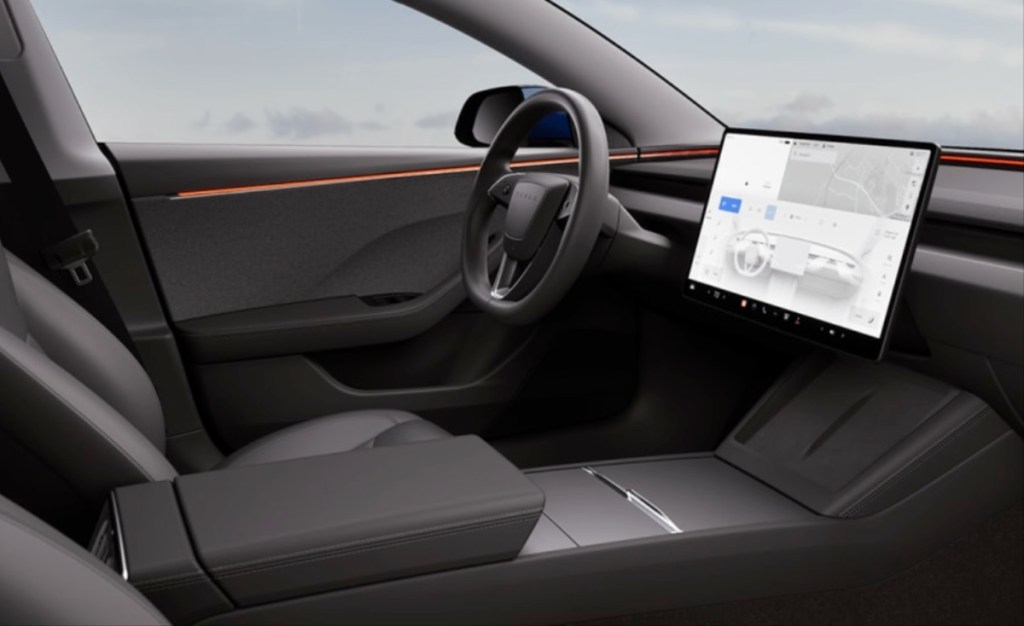
Today, automakers are offering a range of driver-aid software. This includes technologies designed to keep your car going straight down the highway with your hands off the wheel. But most also include eye tracking and won’t work without the driver paying close attention to the road. This might not change for a long time.
A fully self-driving car (not to be confused with driver aid software advertised as “full self-driving”), that you can sleep in or send to run errands without a driver, must prove itself much safer than human drivers. This may be a generation away. But when this technology does arrive, it begs some fascinating questions. Such as, who is responsible for a crash?
Automakers can already insure themselves against “manufacturer defects.” So if, for example, the 2019 Model 3 crash was caused by a one-off problem unique to that vehicle, and the plaintiffs sought $400 million in damages, Tesla could settle and pay them from its own “manufacturer defects” insurance policy.
Will you need to insure self-driving cars?
Chances are that you will need to insure self-driving cars with at least comprehensive insurance coverage. Such a policy would pay for the damage if a tree or rock fell on a car when it was sitting still and someday, maybe even while it was driving itself.
Think of autonomous vehicle insurance like home or renter’s insurance. A well-maintained home should be able to “drive” itself through a blizzard. So if your pipes freeze, you can file an insurance claim whether you were in your house or not.
One downside of autonomous vehicles may be that insurance will cost more for every mile you choose to drive yourself. In the distant future, when self-driving cars are safer than any human driver, only the rich may be able to afford to take the wheel.
Next, see other potential downsides of self-driving cars, or learn more about the Jury’s decision on the Riverside crash in the video below:
